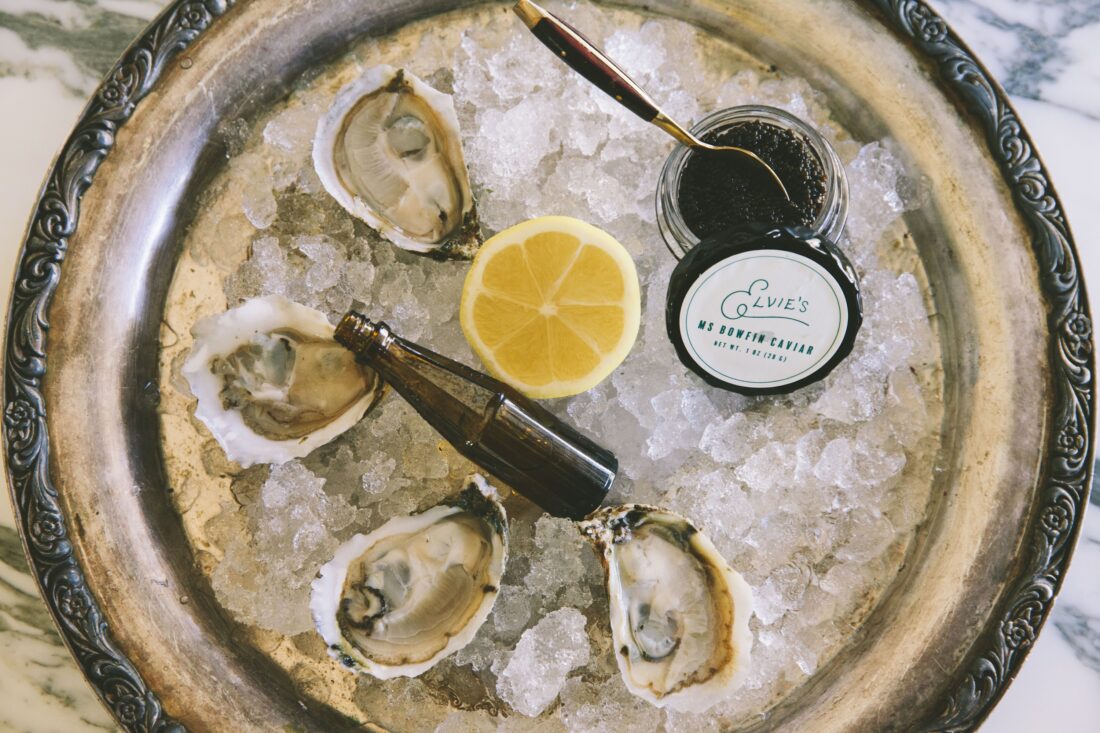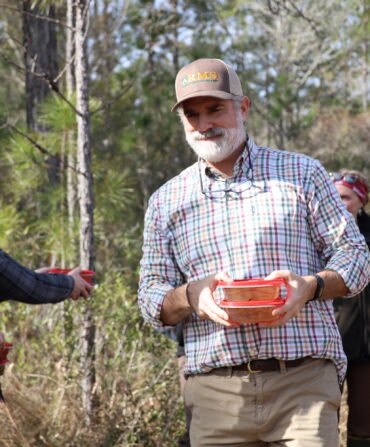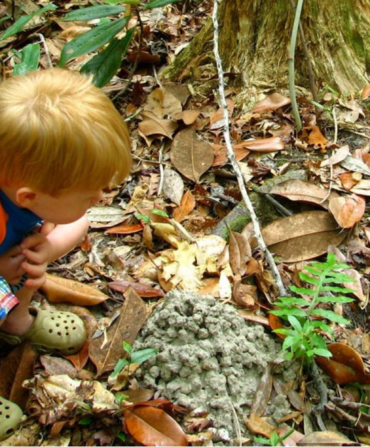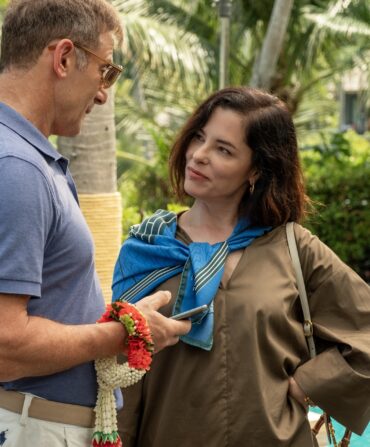Every week, around one thousand shiny-shelled oysters arrive at Elvie’s in Jackson, Mississippi. These are “Jackson Jewels,” grown specifically for chef Hunter Evans by Eagle Point Oyster Company and intended to be distributed at Elvie’s and its sister spot, Mayflower Cafe. “It’s exactly how we like to operate: supporting local farmers, finding unique products, and providing delicious food,” Evans says of the partnership. “Our goal from the beginning has always been to highlight Mississippi and the products we can source throughout the state.”
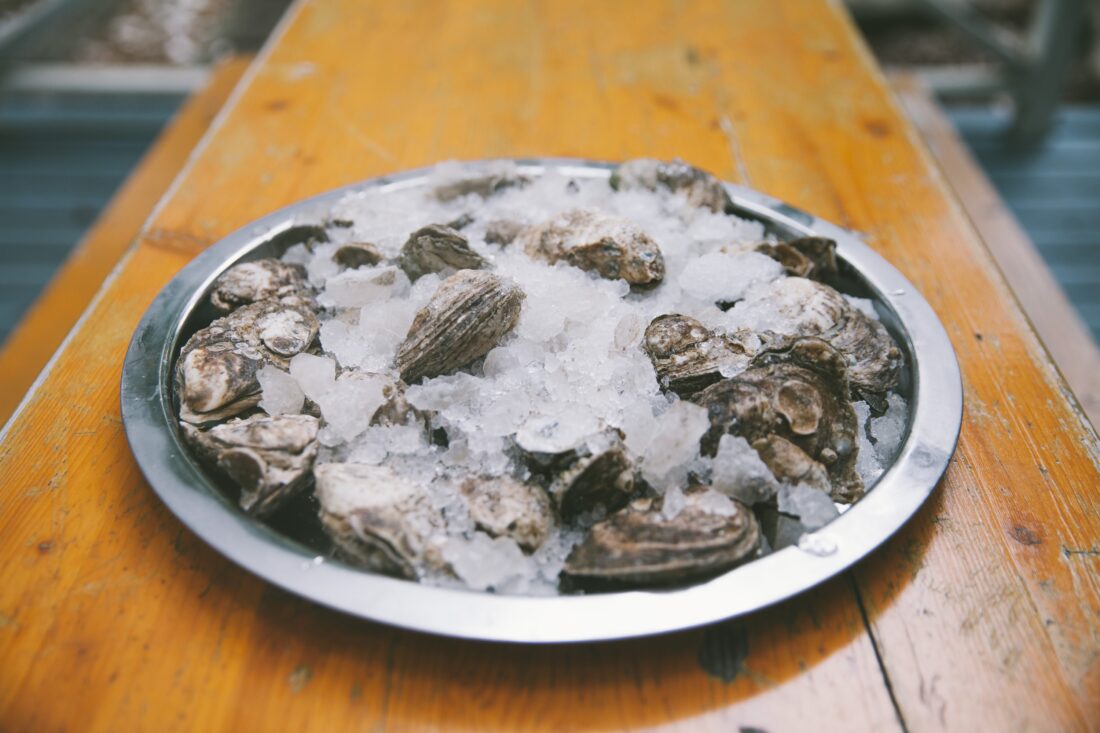
Normally, an oyster operation, whether farmed or wild, harvests and sells their product to multiple restaurants. But some are partnering with one specific restaurant to deliver just the size and flavor profile a chef wants. Overall, oysters are growing in popularity and popping up on more and more menus. A private-label oyster offers the chance to showcase sustainability and story (and maybe flex a little), and Evans isn’t the only one hopping on the trend.
At New Orleans seafood spot Restaurant R’evolution, the eponymous oyster on offer at the raw bar is the Revolution Red. It hails from Little Moon Oysters on Grand Isle and epitomizes exactly what chef Chris Anderson loves about local bivalves. “As far as texture goes, Louisiana oysters are often described as juicy, plump, and noticeably creamy,” he says. Anderson requests that they be harvested a little early, too, to achieve just the size he wants. Evans, meanwhile, selected his custom offering for its “fresh notes of sweet cream and buttery lavender honeysuckle.”
Other spots have taken the custom oyster idea to the next level. At Kimball House, the beloved Decatur, Georgia, restaurant tucked inside a restored nineteenth-century train depot, co-owner Bryan Rackley and his partners launched their own farm in Florida’s Oyster Bay. In 2022 they began cultivating what they dubbed “Shiny Dimes,” a cocktail-sized, mild oyster with earthy, mushroomy notes. And it works the other way around, too. Raz Halili of Prestige Oysters, which started as a mom-and-pop, single-boat operation and now harvests (and undertakes oyster-reef rebuilding) all over the Gulf, launched Pier 6 Seafood and Oyster House in San Leon, Texas, where he naturally showcases Prestige oysters—and earned a James Beard nod for doing so.
All of the chefs see the trend as one that’s going to stick around—and they’re looking to continue their partnerships, cultivate new ones, and keep connecting guests to the story of their food. “A lot of people are surprised that oysters that taste this good can come from the Gulf of Mexico, and when I explain where they’re from, they light up because they’ve visited Ocean Springs and the Mississippi Sound before.” Evans says. “They get to be a part of claiming and telling the story of Mississippi’s oysters.”


